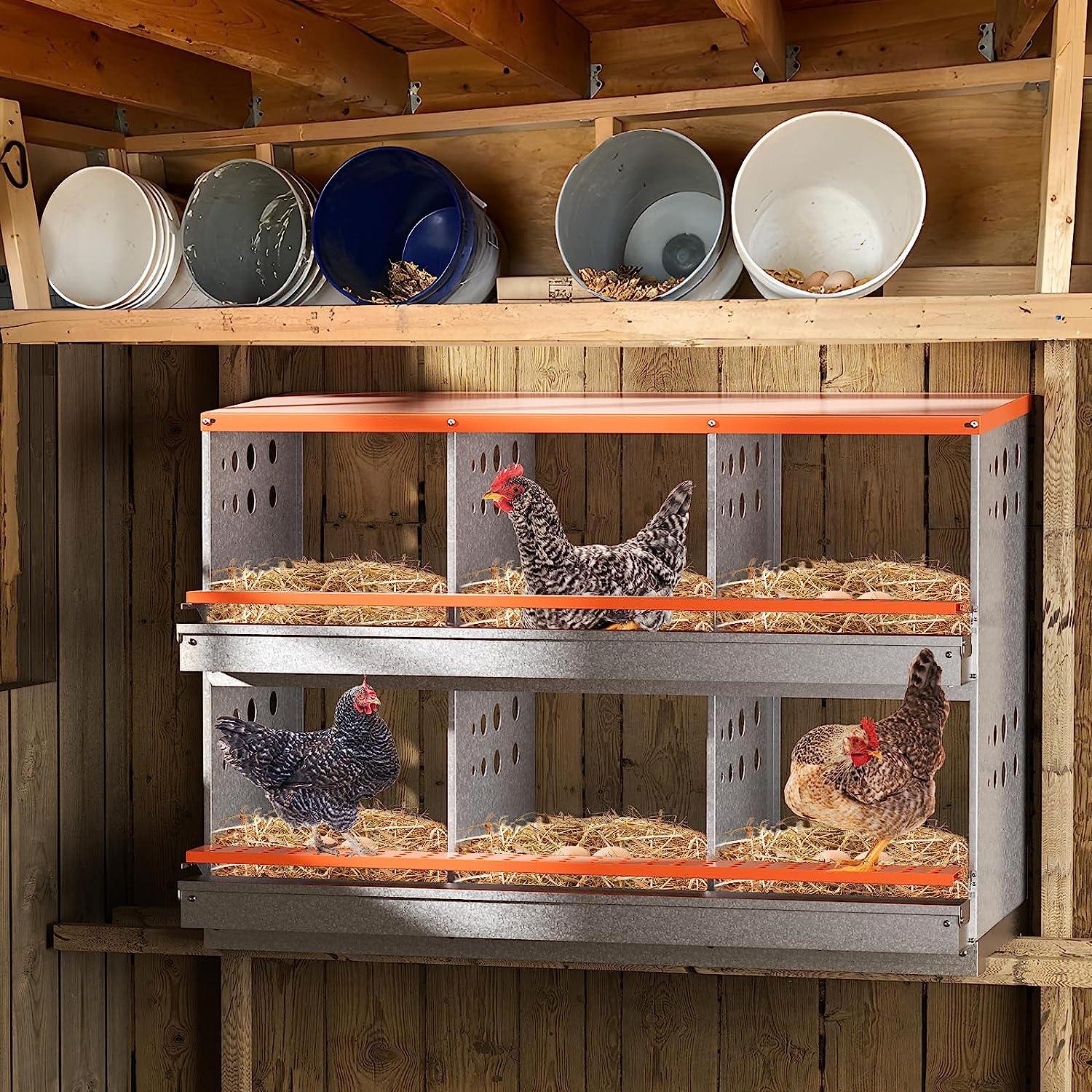

Articles
How To Make Nesting Boxes For Chickens
Modified: September 2, 2024
Learn how to make nesting boxes for chickens, a must-have garden essential. Create the perfect space for your feathery friends with these DIY nesting boxes.
(Many of the links in this article redirect to a specific reviewed product. Your purchase of these products through affiliate links helps to generate commission for Storables.com, at no extra cost. Learn more)
How to Make Nesting Boxes for Chickens
Providing suitable nesting boxes for your chickens is important for their comfort and well-being. Having dedicated spaces for egg-laying can encourage hens to lay in a clean and secure location, making it easier for you to collect eggs. In this guide, we will walk you through the steps of making nesting boxes for your chickens.
Key Takeaways:
- Create a Cozy Space: Design and build nesting boxes for chickens using simple materials like wood, screws, and a drill. Ensure proper dimensions, cleanliness, and strategic placement to promote egg-laying comfort and quality.
- Happy Hens, Healthy Eggs: Provide nesting boxes for chickens to reduce stress, prevent egg-eating, and encourage broodiness. Follow step-by-step instructions and tips to create a secure and inviting environment for your flock.
Read more: How To Make A Chicken Water Dispenser
Materials Needed
To create nesting boxes for your chickens, you will need the following materials:
- Wooden boards or plywood
- Screws or nails
- Measuring tape
- Saw
- Drill
- Paint or sealant (optional)
Feel free to use alternative materials based on what you have available, but keep in mind that the nesting boxes need to be sturdy and easy to clean.
Step-by-Step Instructions
Here is a simple guide to help you make nesting boxes for your chickens:
- Step 1: Designing the nesting boxes
Determine the dimensions and design of your nesting boxes. A standard size is around 12-14 inches square or rectangular, with a height of about 14-16 inches. Consider the number of hens you have and the space available in your coop. - Step 2: Gathering and preparing materials
Measure and cut the wooden boards or plywood according to the dimensions you decided on. Sand any rough edges or surfaces to prevent splinters. - Step 3: Assembly of nesting boxes
Use screws or nails to assemble the sides of the nesting boxes. Make sure the corners are securely joined to prevent any gaps. Attach the bottom piece and a removable top or hatch for easy access to collect eggs. - Step 4: Mounting the nesting boxes in the coop
Find a suitable location in your chicken coop to mount the nesting boxes. Ensure they are securely attached to prevent tipping. You can mount them at a comfortable height for your hens, usually around 18-24 inches off the ground.
Tips for Successful Nesting Boxes
Here are some additional tips to ensure your nesting boxes are effective:
- Ensure the dimensions of the nesting boxes are appropriate for your chicken breed. Larger breeds may require slightly bigger nesting boxes.
- Place the nesting boxes in a quiet and secluded area of the coop. This will provide the hens with a sense of privacy and security.
- Maintain cleanliness and hygiene by regularly cleaning out the nesting boxes and replacing the bedding material.
- Consider painting or sealing the nesting boxes to protect the wood from moisture and make cleaning easier.
Frequently Asked Questions (FAQs)
Here are some common questions about nesting boxes for chickens:
- Q: How many nesting boxes do I need?
A: Provide one nesting box for every 4-5 hens. This will prevent overcrowding and ensure all hens have access to a nesting box when needed. - Q: At what age should I introduce nesting boxes?
A: Introduce nesting boxes when the hens are around 18-20 weeks old, as this is when they start laying eggs. - Q: How often should I check the nesting boxes for eggs?
A: Check the nesting boxes at least once or twice a day to collect eggs and ensure the boxes are clean and comfortable for the hens.
Remember, providing suitable nesting boxes for your chickens is an important factor in their overall health and happiness. By following these steps and tips, you can create a cozy and functional space for your hens to lay their eggs.
Additional Resources:
- [Link to resource 1]
- [Link to resource 2]
Related Articles:
- [Link to related article 1]
- [Link to related article 2]
Read more: How To Make Chicken In A Rice Cooker
Introduction: Importance of Nesting Boxes for Chickens
Nesting boxes play a vital role in providing a comfortable and secure space for hens to lay their eggs. By incorporating nesting boxes into your chicken coop, you are not only ensuring the well-being of your chickens but also reaping several benefits for both you and your flock.
Here are some reasons why nesting boxes are crucial for your chickens:
Promotes Egg Production:
Having dedicated nesting boxes encourages hens to lay their eggs in a specific area, making it easier for you to locate and collect their eggs. This not only saves you time in searching for scattered eggs but also helps to maintain quality control over the eggs, ensuring they are clean and undamaged.
Increases Egg Quality:
When hens have access to suitable nesting boxes, they are less likely to lay eggs in random areas of the coop or outdoors. This reduces the risk of eggs becoming dirty, cracked, or exposed to harmful bacteria. By providing clean and comfortable nesting boxes, you can help improve the overall quality of your chicken’s eggs.
Reduces Stress and Anxiety:
Chickens have a natural instinct to lay their eggs in a safe and secluded environment. Without proper nesting boxes, they may become stressed, leading to a decline in egg production or even egg-eating behavior. By providing nesting boxes, you create a secure and private space for your hens to lay their eggs, reducing their stress levels and promoting a healthier environment.
Read more: How To Make Poppy Seed Chicken
Prevents Egg Eating and Pecking:
When hens lay eggs in random locations, other chickens may develop a habit of pecking or even consuming the eggs. Not only does this result in a loss of valuable eggs, but it can also lead to cannibalism within the flock. By offering nesting boxes, you can discourage such behavior by providing a designated area for egg-laying, minimizing the chances of eggs being attacked or eaten.
Promotes Broodiness:
If you plan to raise chickens for breeding purposes, having nesting boxes is essential. The presence of nesting boxes triggers a hen’s natural instinct to become broody and sit on her eggs, potentially leading to successful hatching. By accommodating this behavior, you can effectively breed your flock and expand your chicken family.
Contributes to Overall Chicken Welfare:
Creating a comfortable and suitable environment for your chickens is crucial for their overall well-being. Nesting boxes provide a safe and cozy space for hens to lay their eggs, promoting a sense of security and contentment. This, in turn, contributes to healthier and happier chickens, resulting in increased productivity and enjoyment for both you and your flock.
By recognizing the importance of nesting boxes and implementing them in your chicken coop, you are supporting the natural behaviors of hens, maintaining the quality of your eggs, and ensuring the overall well-being of your flock. The benefits are not only evident in the eggs you collect but also in the contentment and health of your cherished chickens.
Materials Needed: Making Nesting Boxes for Chickens
When it comes to making nesting boxes for your chickens, having the right materials is essential. Here is a list of the materials you will need to create functional and durable nesting boxes:
- Wooden boards or plywood: These will form the main structure of the nesting boxes. Choose sturdy, untreated wood that is at least ½ inch thick to ensure durability.
- Screws or nails: These will be used to fasten the pieces of wood together. Opt for rust-resistant screws or galvanized nails to withstand the elements.
- Measuring tape: Necessary for accurate measurements to ensure proper dimensions for the nesting boxes.
- Saw: You’ll need a saw to cut the wooden boards or plywood to the desired sizes.
- Drill: A drill is necessary for making pilot holes and attaching the screws or nails for a secure assembly.
- Paint or sealant (optional): While not necessary, paint or a wood sealant can help protect the wood from moisture and extend the life of the nesting boxes.
These materials are commonly used and easily accessible, but you may also consider using alternative materials depending on your preferences and availability:
- Plastic or PVC: Instead of wood, you can use plastic or PVC boards to construct the nesting boxes. These materials are lightweight, easy to clean, and resistant to moisture.
- Recycled materials: You can repurpose old crates, barrels, or other sturdy containers to create nesting boxes. Ensure they are thoroughly cleaned and sanitized before use.
- Metal: If you prefer a more durable option, metal sheets or metal nesting box kits are available commercially. They offer longevity and are resistant to pests.
Remember to choose materials that are safe for your chickens and easy to clean. Avoid toxic or treated materials that can be harmful to your flock.
Ultimately, the choice of materials will depend on your budget, the design of the coop, and personal preferences. As long as the materials are sturdy, comfortable for the hens, and able to withstand the elements, you can create functional nesting boxes using various options.
By obtaining the necessary materials and exploring alternative options, you can embark on the journey of creating nesting boxes that will provide your chickens with a cozy and secure place to lay their eggs.
Read more: How To Make Chicken Jerky In A Dehydrator
Step-by-Step Instructions: Making Nesting Boxes for Chickens
Creating nesting boxes for your chickens involves several steps to ensure they are functional and suitable. Follow these step-by-step instructions to construct and mount your nesting boxes:
Step 1: Designing the Nesting Boxes
Start by designing the nesting boxes according to the needs of your flock. Consider the size of your chickens, the space available in your coop, and the number of nesting boxes required. A standard size for a nesting box is approximately 12-14 inches square or rectangular, with a height of 14-16 inches. Sketch or draft the dimensions and design of the nesting boxes on paper or use a computer design program to visualize the final product.
Step 2: Gathering and Preparing Materials
Once you have the design, gather all the necessary materials. Measure and cut the wooden boards or plywood according to the dimensions decided in the previous step. Sand any rough edges or surfaces to prevent splinters. Pre-drill holes where you plan to attach screws or nails for easier assembly and to prevent the wood from splitting.
Step 3: Assembly of Nesting Boxes
Begin assembling the nesting boxes by joining the sides of the boxes together using screws or nails. Ensure that the corners are securely joined to minimize any gaps. Attach the bottom piece of the nesting boxes by screwing or nailing it into place. If you want easy access to collect eggs, consider including a removable top or hatch. Securely attach it to the nesting box frame using hinges or screws.
Step 4: Mounting the Nesting Boxes in the Coop
Find an appropriate location in your chicken coop to mount the nesting boxes. Ideally, place them in a quiet and secluded area to provide your hens with privacy and a sense of security. The boxes should be mounted 18-24 inches off the ground, at a height that is comfortable for your chickens to access. Attach the nesting boxes securely to the wall or framework of the coop using screws or nails to prevent any tipping or displacement.
Remember to space the nesting boxes adequately to prevent overcrowding and allow easy entry and exit for your hens. Monitor the position and stability of the nesting boxes periodically to ensure they remain secure and can withstand the movement of the chickens.
By following these step-by-step instructions, you can create functional and comfortable nesting boxes for your chickens. Providing them with a dedicated space to lay their eggs will not only benefit your flock but also simplify the egg collection process for you.
Tips for Successful Nesting Boxes
Creating nesting boxes for your chickens is just the first step. To ensure their effectiveness and encourage your hens to use them consistently, consider the following tips:
Ensuring Proper Dimensions
Make sure that the dimensions of your nesting boxes are appropriate for your chicken breed. Larger breeds may require slightly bigger nesting boxes to accommodate them comfortably. It’s crucial to provide enough space for the hens to move around and lay their eggs without feeling cramped. Proper dimensions will also help prevent overcrowding and potential aggression among the chickens.
Placement of Nests in the Coop
Strategically place the nesting boxes in a quiet and secluded area of the coop. This will provide your hens with a sense of privacy and security, essential for them to lay their eggs comfortably. Avoid placing the nesting boxes in high-traffic areas or near roosting perches, as this can disturb the hens and discourage egg-laying. Additionally, ensure that the boxes are at a height that is easily accessible for the hens, typically 18-24 inches off the ground.
Read more: How To Make Bbq Chicken In Electric Skillet
Maintaining Cleanliness and Hygiene
Regularly clean the nesting boxes to maintain cleanliness and hygiene. Remove any soiled bedding, feathers, or debris that may accumulate inside the boxes. Replace the nesting material with fresh, clean straw, hay, or wood shavings. This will not only provide a comfortable surface for the hens to lay their eggs but also help prevent the spread of bacteria and parasites. Regular cleaning will also reduce odors and discourage pests from infesting the nesting boxes.
Consider using nesting box liners or mats that are easy to clean and replace. These can help protect the nesting boxes from becoming soiled and make the cleaning process more convenient. You can also add some herbs, such as lavender or mint, to the nesting boxes to naturally deter pests and promote a fresh scent.
Regularly inspect the nesting boxes for any signs of damage, such as loose screws or broken boards. Repair or replace any worn-out or damaged parts to ensure the nesting boxes remain safe and sturdy for the hens to use.
By following these tips, you can create an inviting environment for your hens to lay their eggs. Ensuring proper dimensions, strategic placement within the coop, and maintaining cleanliness and hygiene will encourage your hens to consistently use the nesting boxes and contribute to a healthier and more productive flock.
Frequently Asked Questions (FAQs): Nesting Boxes for Chickens
Here are some common questions about nesting boxes for chickens along with answers to address common concerns:
Q: How many nesting boxes do I need?
A: As a general rule, provide one nesting box for every 4-5 hens. This will prevent overcrowding and ensure that all hens have access to a nesting box when they need to lay their eggs. Having too few nesting boxes can lead to competition and stress among the hens.
Q: At what age should I introduce nesting boxes?
A: It’s recommended to introduce nesting boxes when the hens are around 18-20 weeks old, as this is typically when they start laying eggs. By providing nesting boxes early, you encourage the hens to associate the boxes with egg-laying, establishing a routine.
Read more: How To Make Fried Chicken In The Air Fryer
Q: How often should I check the nesting boxes for eggs?
A: Check the nesting boxes at least once or twice a day for eggs. Collecting eggs promptly helps ensure their freshness and minimizes the chances of them being damaged or broken. Regular checks also allow you to monitor the condition of the nesting boxes and maintain cleanliness.
Q: What bedding material should I use in the nesting boxes?
A: Common bedding materials for nesting boxes include straw, hay, or wood shavings. These materials provide a soft and comfortable surface for the hens to lay their eggs. Avoid using materials that are dusty or prone to mold. It’s important to regularly replace the bedding to keep it clean and fresh.
Q: How do I prevent chickens from sleeping or defecating in the nesting boxes?
A: Chickens have a natural instinct to roost at night, so it’s essential to provide separate roosting perches away from the nesting boxes. Train the chickens to use the perches by gradually raising the height and making them more appealing. To prevent defecation in the nesting boxes, make sure they are cleaned regularly and provide ample space for the chickens to move around in the coop.
Q: What can I do if my chickens refuse to use the nesting boxes?
A: If your chickens are not using the nesting boxes, there could be several reasons. Ensure that the nesting boxes are clean, comfortable, and in a suitable location within the coop. If necessary, temporarily block off other hiding spots in the coop to encourage the chickens to use the nesting boxes. Occasionally, placing a fake or ceramic egg in the nesting box can also attract hens to lay their eggs in that spot.
Remember that each chicken is unique, and it may take some time for them to adjust to the new nesting boxes. Be patient and observe their behavior to make any necessary adjustments to encourage their acceptance of the boxes.
By addressing these frequently asked questions, you can gain a better understanding of nesting boxes for chickens and troubleshoot common concerns that may arise. Providing the right information and making informed decisions will contribute to a successful and productive chicken-keeping experience.
Read more: How To Make Chicken Cutlets In Air Fryer
Conclusion
In conclusion, nesting boxes are essential for providing a comfortable and secure environment for your chickens to lay their eggs. By incorporating nesting boxes into your coop, you can enjoy several benefits, including increased egg production, improved egg quality, reduced stress and anxiety in your hens, prevention of egg eating and pecking behavior, and the promotion of broodiness for breeding purposes. Nesting boxes contribute to the overall welfare and productivity of your flock.
To recap the importance of nesting boxes:
- They promote egg production by providing a designated space for hens to lay their eggs, making it easier for you to collect them.
- Nesting boxes ensure the quality of eggs by reducing the risk of dirt or damage, resulting in cleaner and more intact eggs.
- They reduce stress and anxiety in hens by offering a safe and secluded environment, encouraging a more natural and comfortable egg-laying experience.
- Nesting boxes help prevent egg eating and pecking behavior among chickens, protecting your valuable eggs and promoting a peaceful coexistence within the flock.
- They encourage broodiness in hens, allowing for successful hatching and the expansion of your flock if breeding is a goal.
- Nesting boxes contribute to the overall welfare of your chickens, providing a cozy and secure space for them to fulfill their natural behaviors.
To encourage your hens to use the nesting boxes, follow these tips:
- Ensure proper dimensions of the nesting boxes, considering the size of your chickens and providing enough space for them to comfortably move around.
- Strategically place the nesting boxes in a quiet and secluded area of the coop to provide privacy and a sense of security for your hens.
- Maintain cleanliness and hygiene by regularly cleaning out the nesting boxes, replacing bedding materials, and keeping them free from dirt, debris, and pests.
- Monitor the nesting boxes for any signs of damage, such as loose screws or broken boards, and repair or replace them accordingly to ensure the hens’ safety and comfort.
By implementing these tips, you can create an inviting and functional space for your hens to lay their eggs, ultimately leading to healthier and happier chickens, as well as a more enjoyable and convenient egg collection process for you.
Remember, nesting boxes are not only a practical addition to your chicken coop, but they also contribute to the overall well-being and productivity of your flock. By prioritizing the comfort and natural behaviors of your chickens, you can create a harmonious and thriving environment for them to flourish.
Additional Resources
If you’re looking for more information on chicken nesting boxes and related topics, here are some recommended resources:
Sources for Further Information on Chicken Nesting Boxes:
- [Source 1]: This comprehensive guide provides detailed instructions on building and maintaining nesting boxes for chickens, along with valuable insights on sizing, placement, and materials.
- [Source 2]: A reputable website dedicated to backyard chicken keeping, offering in-depth articles on various aspects of poultry care, including nesting boxes and egg-laying behavior.
- [Source 3]: An online forum or community where poultry enthusiasts share their experiences, tips, and advice on chicken nesting boxes, coop setups, and related topics.
Recommendations for Related Articles and Guides:
- [Article 1]: “The Importance of Providing Adequate Nesting Boxes for Your Chickens” – This article explores the benefits of nesting boxes and provides tips for creating a comfortable and safe space for your hens to lay their eggs.
- [Article 2]: “Common Nesting Box Problems and How to Solve Them” – Discover common issues that chicken keepers face with nesting boxes and find practical solutions to address them.
- [Guide 1]: “Building a Chicken Coop: Essential Design Elements and Nesting Box Considerations” – Learn about the key factors to consider when designing a chicken coop, with a focus on incorporating nesting boxes that will meet the needs of your flock.
- [Guide 2]: “Nesting Material Options for Chicken Nesting Boxes” – Explore different types of bedding and nesting materials suitable for chicken nesting boxes, providing insight into their pros, cons, and ideal applications.
These resources offer a wealth of information and guidance to further enhance your understanding of chicken nesting boxes and support your efforts in providing the best care for your flock.
Remember to always consult reliable sources and consider your specific circumstances when applying advice to ensure the well-being and safety of your chickens.
Frequently Asked Questions about How To Make Nesting Boxes For Chickens
Was this page helpful?
At Storables.com, we guarantee accurate and reliable information. Our content, validated by Expert Board Contributors, is crafted following stringent Editorial Policies. We're committed to providing you with well-researched, expert-backed insights for all your informational needs.
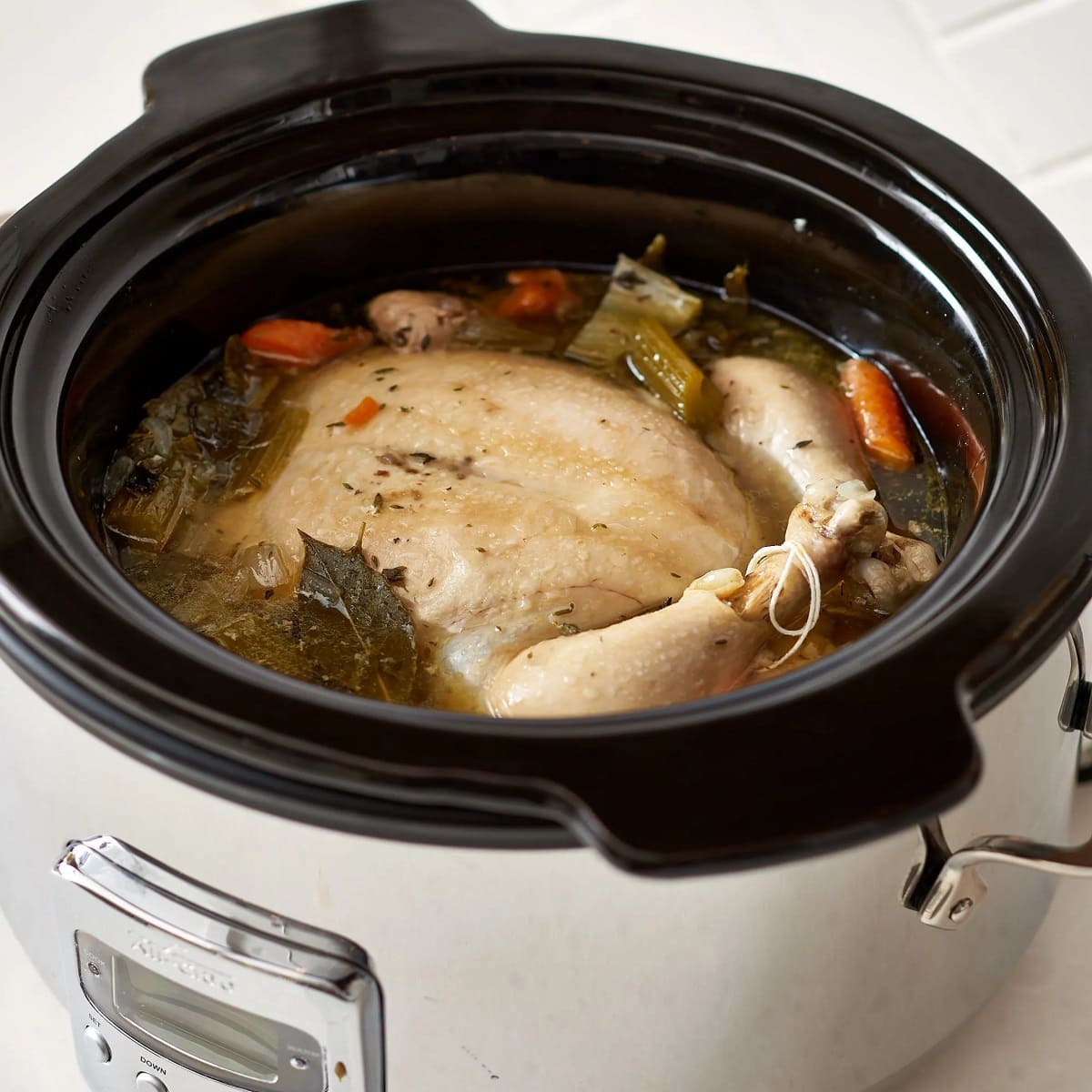
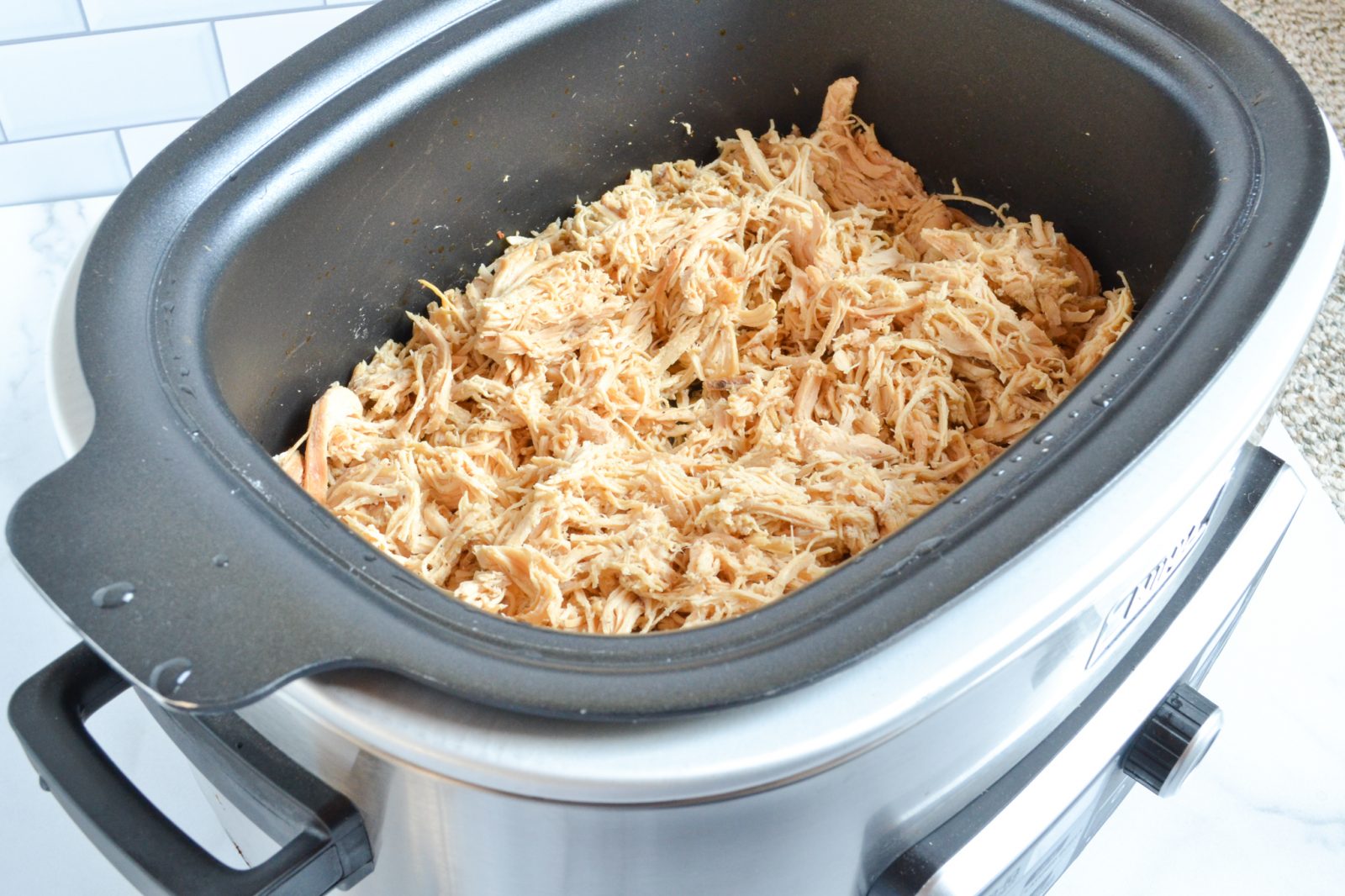

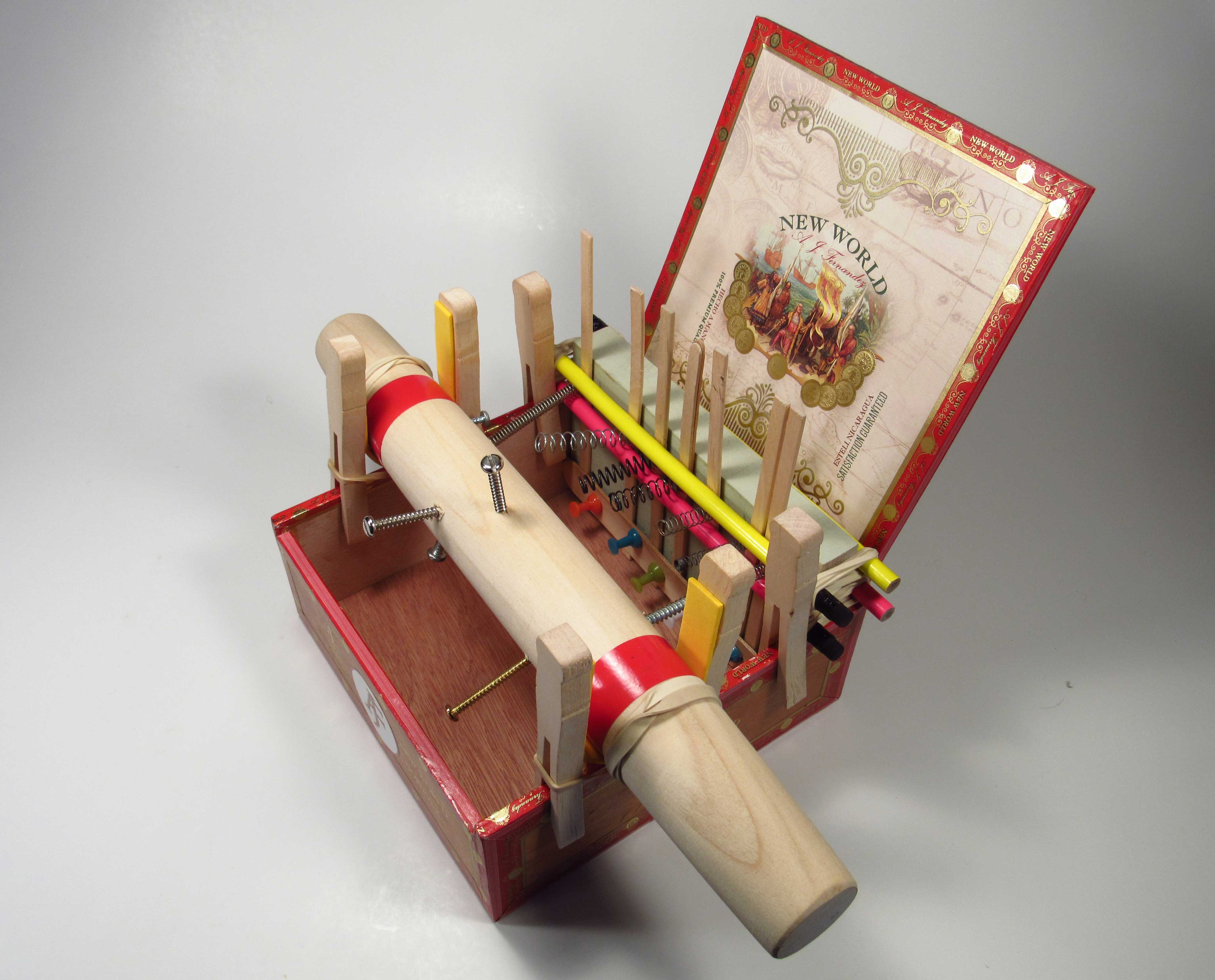


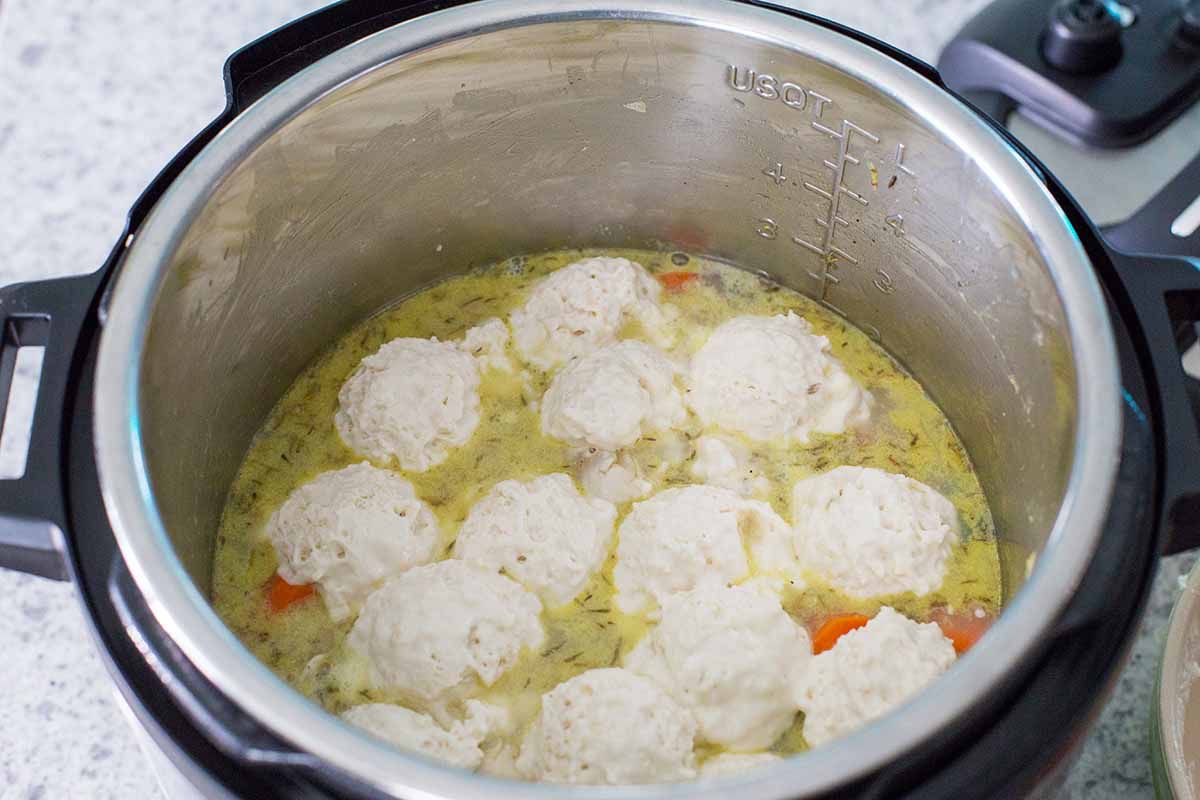


0 thoughts on “How To Make Nesting Boxes For Chickens”